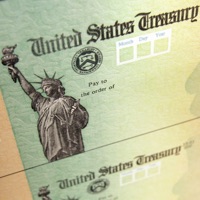 I know I’m a bit late on this, but after reading several media articles, here again is my curated collection of highlights and perhaps overlooked items that might be worthy of additional research.
I know I’m a bit late on this, but after reading several media articles, here again is my curated collection of highlights and perhaps overlooked items that might be worthy of additional research.
Second round of Economic Impact Payments. Many people have already received this direct deposited to their bank accounts, up to $600 per taxpayer ($1,200 for married filing joint) plus $600 per qualifying child under age 17. If have questions, try using the IRS Get My Payment tool.
The amount starts getting phased out at $75,000 AGI for most single filers and $150,000 AGI for most married joint filers. Here is a graphical chart per Tax Foundation:
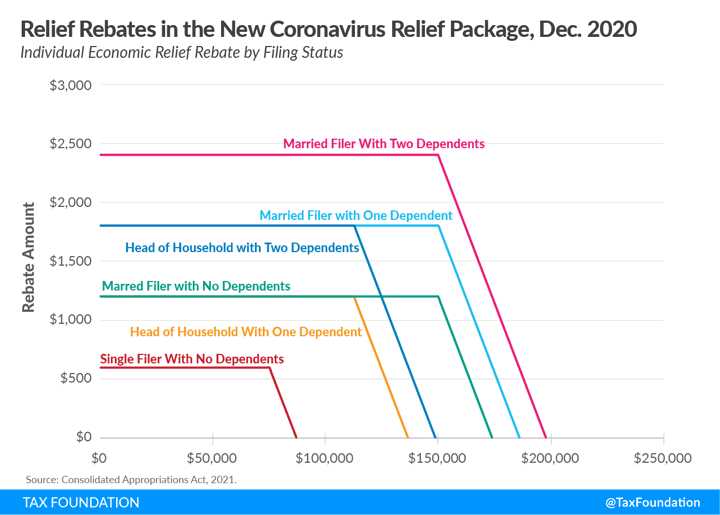
If you made too much according to your 2019 income, but your income in 2020 was actually low enough, you will be able to claim the rebate when you file your taxes. If you qualified based on your 2019 AGI but your 2020 ended up too high, you get to keep the payment; there is no clawback.
Unemployment benefits expanded again. The new COVID-19 relief package extends certain unemployment benefit programs for 11 weeks, including an unemployment supplement of $300 a week for many people from December 26, 2020 to March 14, 2021. It also increases the maximum number of weeks of benefits to 50 from 39 for many people. Certain self-employed workers will also see an addition $100 per week benefit.
Charitable Deductions. In 2020, you were able to deduct $300 in charitable (cash-only) donations, even if you used the standard deductions. In 2021, this deduction was extended and increased to $300 for single and up to $600 for married filing joint, again even if you use the standard deduction.
Healthcare FSA, Dependent Care FSAs. If you didn’t use up all your “use-it-or-lose-it” FSA funds in 2020, the new law allows your employer the option of carrying over unused balances for an additional 12 months (through the end of 2021). For Dependent Care FSAs, the age limit was also increased from 12 to 13 (since those 2020 funds may have been for your former 12-year-old). Check with your HR department and/or benefits manager.
PPP Forgivable Loan, 2nd Draw. The new COVID-19 relief package clarifies that businesses can still deduct expenses paid with forgiven PPP loans. (Typically, forgiven debt is considered taxable income, but forgiven PPP loans are specifically marked as NOT taxable income.)
Certain small business owners can now apply for a second draw of forgivable PPP loans (up to $2 million). Applying for the first round does not prevent you from applying for the second round. Second-draw loans are limited to businesses with fewer than 300 employees and at least a 25 percent drop in gross receipts in a 2020 quarter compared to the same quarter in 2019. (If this is your first time taking a loan, there is no requirement for the drop in gross receipts.) Businesses taking a PPP loan may now also be eligible for the Employee Retention Tax Credit (ERTC).
Sources: WSJ Article, Tax Foundation, IRS.gov

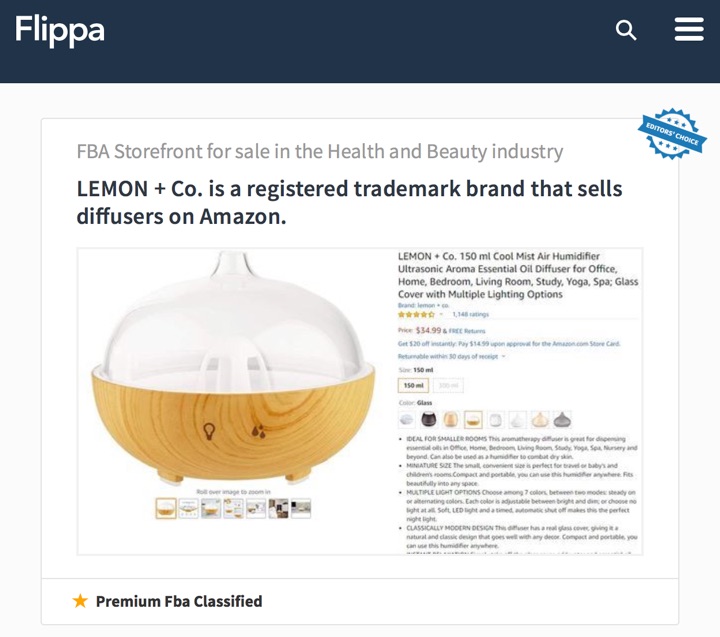
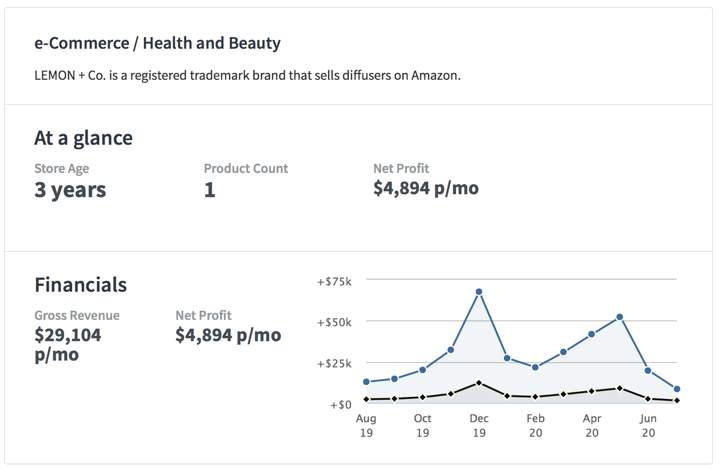
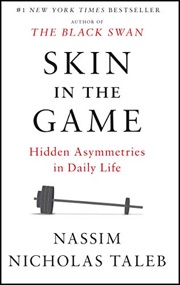
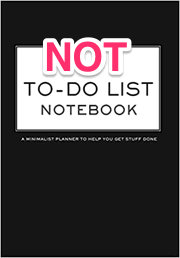

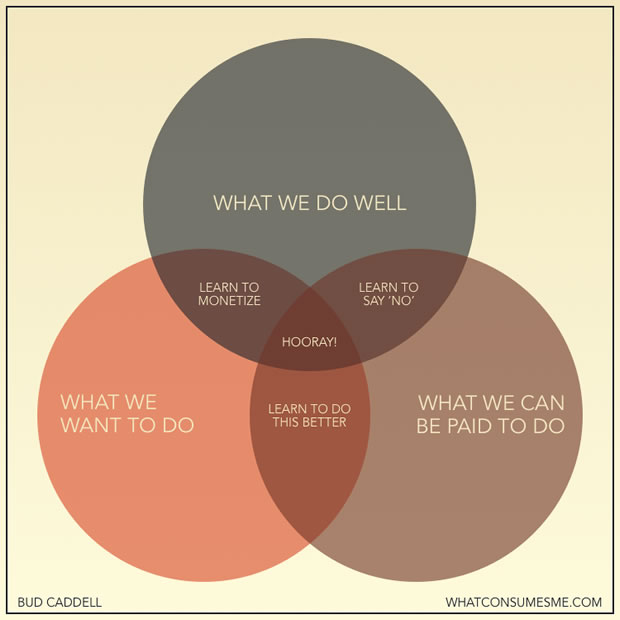
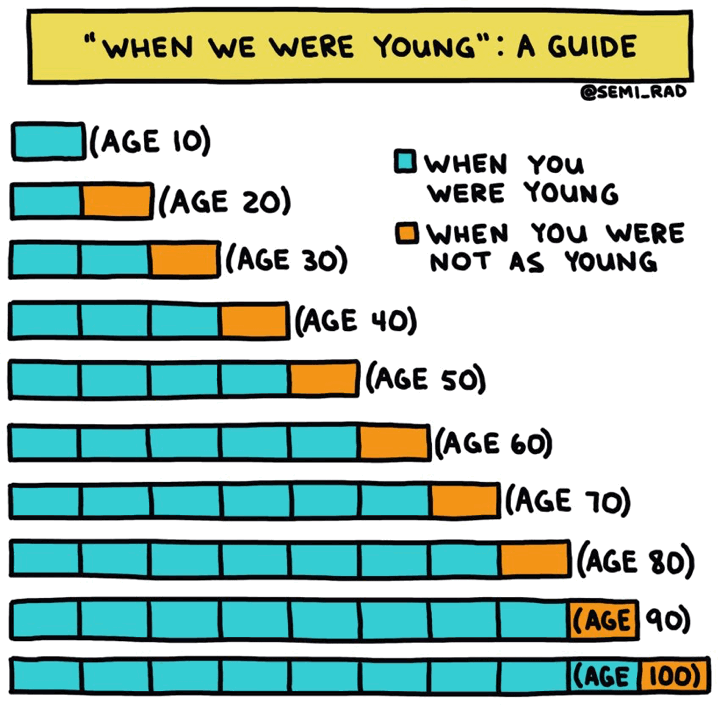
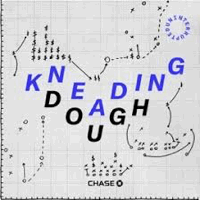 Another podcast that I discovered late is Kneading Dough, where famous athletes sit down and talk openly about their finances. Created by UNINTERRUPTED (founded by Lebron James and Maverick Carter) and sponsored by Chase, guests over the three seasons range from Lebron James to Serena Williams to Simone Biles. The description sounded similar to
Another podcast that I discovered late is Kneading Dough, where famous athletes sit down and talk openly about their finances. Created by UNINTERRUPTED (founded by Lebron James and Maverick Carter) and sponsored by Chase, guests over the three seasons range from Lebron James to Serena Williams to Simone Biles. The description sounded similar to 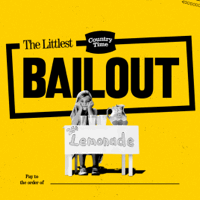
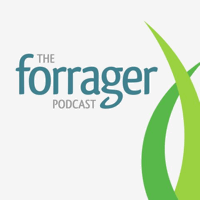
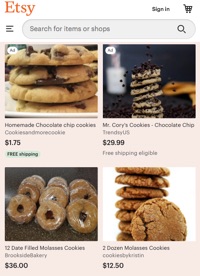 My family enjoys watching
My family enjoys watching 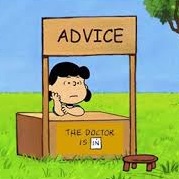
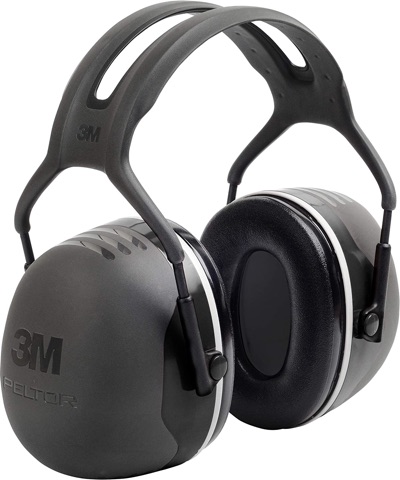
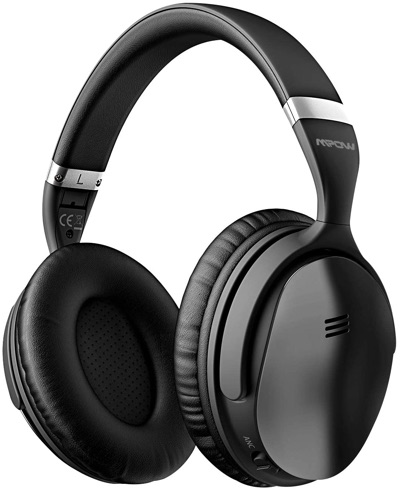
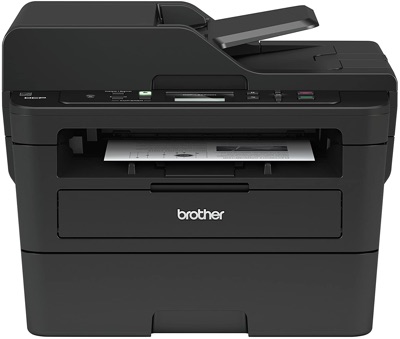
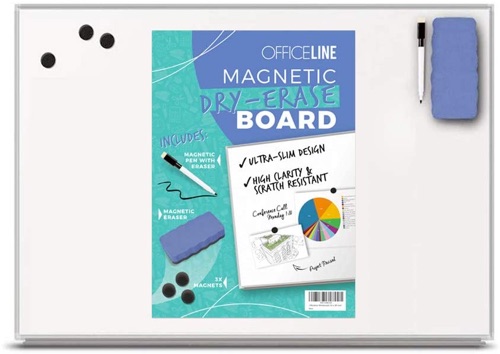
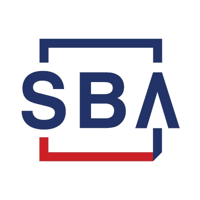 As a follow-up to my initial post on the
As a follow-up to my initial post on the  The Best Credit Card Bonus Offers – 2025
The Best Credit Card Bonus Offers – 2025 Big List of Free Stocks from Brokerage Apps
Big List of Free Stocks from Brokerage Apps Best Interest Rates on Cash - 2025
Best Interest Rates on Cash - 2025 Free Credit Scores x 3 + Free Credit Monitoring
Free Credit Scores x 3 + Free Credit Monitoring Best No Fee 0% APR Balance Transfer Offers
Best No Fee 0% APR Balance Transfer Offers Little-Known Cellular Data Plans That Can Save Big Money
Little-Known Cellular Data Plans That Can Save Big Money How To Haggle Your Cable or Direct TV Bill
How To Haggle Your Cable or Direct TV Bill Big List of Free Consumer Data Reports (Credit, Rent, Work)
Big List of Free Consumer Data Reports (Credit, Rent, Work)